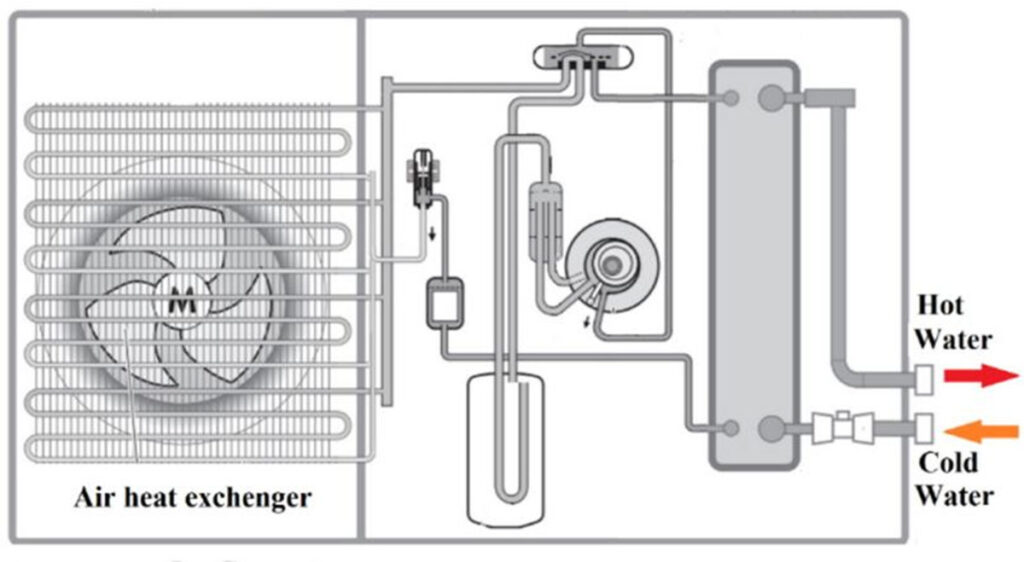Scientists in the United Kingdom have demonstrated the feasibility of residential ice pump pumps in cold climates and densely populated areas. They designed a heat pump system that uses existing gas pipes to transport water.
“Ice-source heat pumps can easily be combined with the production of solar energy,” the corresponding author of the research, Ramin Girltold PV -Magazine. ‘The continuous and stable effect of the heat-source heat pump makes it more suitable for PV compared to other heat pumps. “
Ice-source heat pumps can ultimately use existing gas pipelines to transport water for the operation of the iron heat pump. “Our analysis showed that the re -use of the existing gas distribution network for water transport is possible,” said Girl.
Just like geothermal heat pumps, it can be connected to a central heat pump system, where numerous residential units are connected. This configuration is said that it is particularly favorable for newly developed areas or potential residential complexes, where dimensions and pipeline layouts can be carefully planned for new units.
The 7 KW system uses propane (R290) as a coolant. It uses a compression cooling cycle that is called compressed gas from the compressor to the condenser, which then releases heat to the cooling body, where it undergoes a phase change and transforms into a liquid, resulting in a temperature decrease. The liquid coolant then enters the evaporator, where the heat of the cold source absorbs and evaporates. In the next phase, the evaporated coolant returns to the compressor, where it is re -compressed to restart the cycle.
In the study “Iron pumps: sustainable heating solutions for urban areas using water and gas networks“Published in Energy and buildingsThe researchers modeled the icy heat pump, the dependent heating system and the thermal load on the building.
In particular, they investigated the effects of eliminating natural gas and the shifting of energy consumption patterns, while the energy consumption and the demand for water required for the operation of the heat pump were taken into account. They also assumed that the ice slurry produced is discharged in the drainage and waste water
The analysis showed that the proposed heat pump system is “cost effective” with the help of gas pipes with a coverage of 39.66 % of the energy of peak gas consumption.
“Challenges can occur when providing services to all subscribers during periods that exceed this limit, but there are no worries when the consumption is under this line,” the scientists explained. “Solutions, such as energy storage systems during off-peak times, can tackle the consumption that exceeds the limit. This method provides services for at least 39.9 % of existing subscribers during peak times, even in the worst-case scenario.”
They describe the system as particularly suitable for densely populated areas on high widths. “Although slightly less efficient than water source systems, ice source heat pumps reduce water consumption by 37.56 times, with minimal thermal losses, making them very effective during peak cold periods,” they said.
This content is protected by copyright and may not be reused. If you want to work with us and reuse part of our content, please contact: editors@pv-magazine.com.

